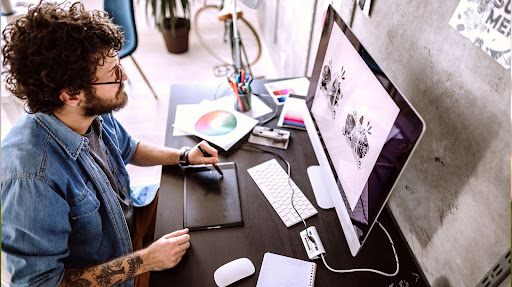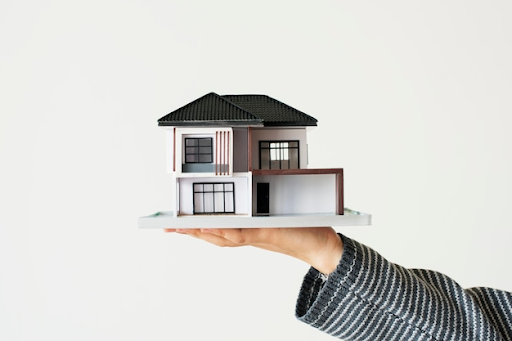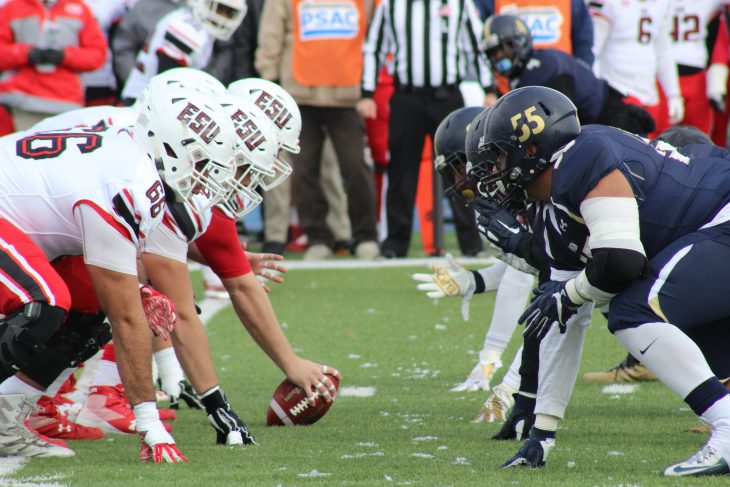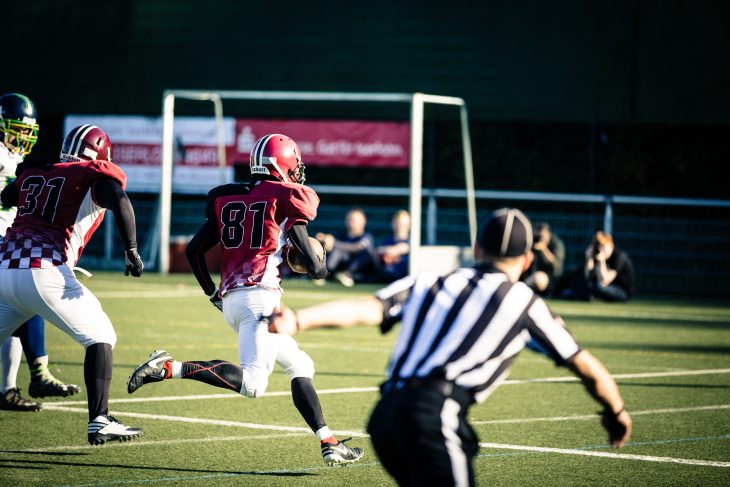In California, the stories of cannabis legalization and LGBTQ+ liberation are more intertwined than many people realize. Both movements grew out of resistance. Both were driven by marginalized communities fighting for dignity, autonomy, and survival. And both, over time, transformed American culture and policy in lasting ways.
This piece looks back at how these parallel struggles often overlapped, especially in the 1980s and ’90s, and how some of the most important gains in cannabis access were made possible by queer activists who pushed the issue not as a lifestyle choice, but as a matter of health and justice.
Photo via unsplash.com/photos/people-holding-flags-during-daytime-b76GC-Gy8_w
The AIDS Crisis and Medical Cannabis
The most direct connection between the LGBTQ+ rights movement and cannabis activism emerged during the AIDS epidemic. In the 1980s, as HIV/AIDS began to devastate queer communities, particularly in cities like San Francisco, many people living with the virus faced debilitating symptoms like nausea, wasting, and chronic pain. Antiretroviral therapies were limited or experimental, and government support was slow and stigmatized.
Cannabis offered some immediate relief. Patients reported that it helped stimulate appetite, reduce nausea from medication, and ease anxiety. But at the time, marijuana remained illegal under both state and federal law. Using it, even for medical reasons, risked arrest.
That didn’t stop a grassroots network of AIDS activists, caregivers, and advocates from stepping in. They created underground cannabis distribution programs, sometimes called “buyers’ clubs,” that connected people in need with cannabis. Among the best known was the San Francisco Cannabis Buyers Club, founded by Dennis Peron.
Dennis Peron: A Bridge Between Movements
Peron was a Vietnam veteran, a longtime cannabis advocate, and openly gay. After losing his partner to AIDS in 1990, he became even more outspoken about the need for legal access to medical marijuana.
He didn’t just organize; he changed laws. Peron was instrumental in the campaign to pass Proposition 215, the California law that legalized medical marijuana in 1996. The proposition’s success marked the first major legal victory for cannabis access in the U.S., and it was powered in part by the moral clarity and urgency brought by the AIDS crisis.
It’s no coincidence that Prop 215 passed first in California. The state had been a national center of both LGBTQ+ activism and cannabis counterculture for decades, and the two communities had long overlapped in places like the Castro and Haight-Ashbury neighborhoods.
Shared Themes: Stigma, Surveillance, and Solidarity
Both the queer rights movement and the push to legalize cannabis have historically been shaped by stigma. LGBTQ+ people were often labeled as deviant or dangerous. Cannabis users were treated similarly, portrayed as criminals or moral failures.
This overlap led to shared experiences with law enforcement, incarceration, and public shaming. In response, both movements developed a deep skepticism of government overreach and a strong culture of mutual aid.
It’s also worth noting that both movements have used protest as a central tool. From Pride marches to 420 smoke-ins, public demonstrations have helped reframe how the public sees these issues, moving them from taboo topics to broader conversations about civil rights and bodily autonomy.
A New Era of Visibility, But Not Equal Justice
Today, Pride events are mainstream in many cities. Cannabis is legal for recreational use in California and several other states. Brands market rainbow-colored edibles and weed strains in June. But the deeper story of how these victories were won, through decades of work by queer and cannabis activists, often at great personal risk, is sometimes overlooked.
And despite growing acceptance, justice is far from evenly distributed. LGBTQ+ people, especially transgender individuals and queer people of color, still face higher rates of poverty, policing, and housing insecurity. Meanwhile, cannabis-related arrests continue in parts of the U.S., often targeting Black and Brown communities.
Legalization has created a booming cannabis industry, but many of the people who fought hardest for it, queer activists, small growers, and legacy users, have been pushed aside by large corporate players. Some advocates argue that more inclusive policies are needed to ensure those harmed by prohibition are not left behind.
Remembering the Roots
As Pride Month celebrates visibility and self-expression, it’s also a time to reflect on the roots of progress. The connection between cannabis and queer liberation isn’t just historical trivia—it’s a reminder that social change often starts at the margins.
The legacy of individuals like Dennis Peron and the many unnamed caregivers and patients who risked arrest to support one another is still felt today. Their work helped shift public perception of cannabis from a crime to a medicine, and then to a personal freedom.
While more research may be needed on cannabis’ full medical benefits, and while laws and policies continue to evolve, the shared history of queer and cannabis activism in California stands as a testament to what’s possible when people refuse to be silent.
It’s not just a story of protest, it’s a story of care, resistance, and community.






















